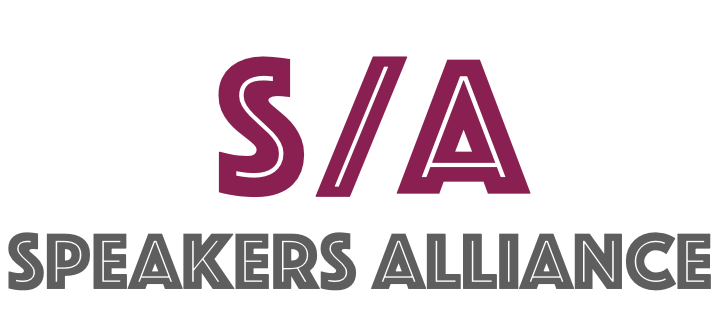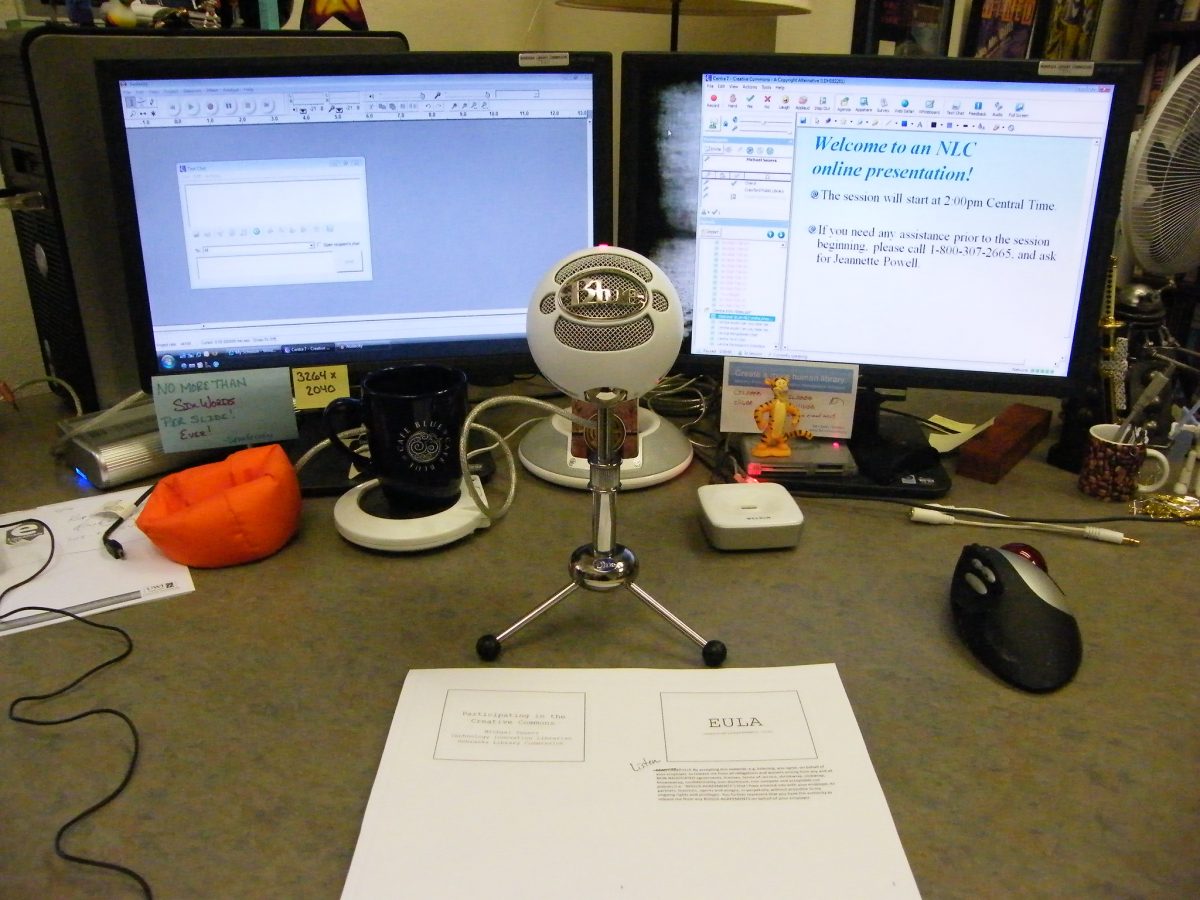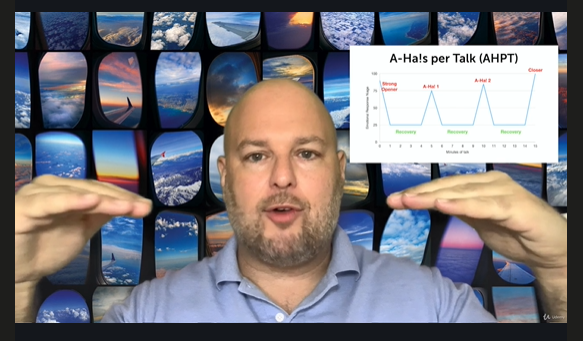Each week The Speakers Alliance runs a free Speech Clinic for people looking to improve their public speaking skills. We discuss issues of importance, answer questions about professional and personal public speaking skills/techniques, and listen to/critique as many short-form talks as possible. The sessions take place Wednesdays at 6pm Pacific Time, and all are welcome.
In our session last week one of the first questions the participants asked was, “Why is it so much harder to do Zoom speeches than in-person?”
There are several reasons why Zoom talks are objectively harder to give, and each one of these requires some adjustment to your practice in order to overcome.
Nodding Heads
You’ve probably noticed people nodding their heads when listening to someone else speaking, and if you pay attention, you’ll probably notice yourself doing the same thing. In most societies, this kind of passive nodding is a gesture that means “I’m listening to you.” It may also mean “I agree/disagree with you,” but that is much more gender and culture-specific. Over time, as we communicate to others in groups, we observe this behavior and model it. Then we may unconsciously seek the nod as affirmation, and become uncomfortable or disturbed when we don’t get it. If you’ve ever pitched to a completely stone-faced venture capitalist, you’ll know what I mean.
Virtual meetings (e.g. Zoom) make it very difficult to see if people are nodding their heads for a variety of reasons, including the size of video feed, whether the video feed is even on, the changing order of avatars and the need to focus on the camera itself (more on this later). All together, it is nearly impossible to see if people are listening to you, and if you’re empathetic/experienced in live speaking, this can cause you to slip out of flow.
Being able to overcome your zero-feedback unease is a critical skill that will serve you well both for online and live talks. To do this, I recommend a few techniques to those I train:
- Attach a photo of someone you love just above the camera of your device. Focus your attention on that picture, and imagine you’re speaking directly to them as you deliver your lines. If you find it difficult to love, or are going through a big breakup, I suggest placing a picture of an attractive celebrity there, along with the encouragement to “look here”. This will help you both maintain camera focus and reduce your need for affirmation.
- Practice your presentations staring at a wall. Get around 6 inches from a wall, and practice giving your whole presentation in that state. Keep your eyes open and in soft focus. Repeating this process will make it easier for you to disconnect your visual reinforcement system from your speaking system.
- For major presentations, I would go so far as to suggest having someone from your family stand behind the camera and listen to your speech. You can look at them, get the nods you need, and stay focused/engaged. Just make sure, as with all suggestions, that you align the external item with the camera so it appears that you’re looking directly at the audience.
Camera Focus
In live speeches, we’re often taught to scan the room so that we’re able to make eye contact with everyone at one time or another. This can also be accomplished in some settings by pacing on the stage (e.g. Apple Keynotes). However, when doing a presentation direct to camera, it is actually detrimental for you to dart your eyes around as you’re speaking, especially if you’re looking at little participant avatars in a strip.
The best way to “make eye contact” in a Zoom presentation is to stare into the camera. Each participant will thus feel like you are talking directly to them, whereas if your gaze moves, they will feel the exact opposite.
Doing this well can be hard for several reasons, including the fact that most webcams are actually hidden in the bezel of laptops these days, and only a small green LED indicates where the aperture is located. But also, the lens of a camera is cold and unfeeling, and even experienced and seasoned speakers often have trouble doing this well.
Follow the same advice as given above for nodding, but also consider getting a separate webcam and/or calling greater attention to the one you have. Just having a visual reference to look at that’s bigger than a small dot can do wonders for improving your gaze. Someone I was advising actually put a Gumby doll on their webcam…and it works!
Tech Issues
When you’re giving a talk live at your company or a conference, there are typically audio/visual technicians to help ensure all your pieces are running smoothly. For keynotes and other major presentations, you don’t even typically use your own devices to show slides, but rather give those to the AV team who makes everything runs smoothly. Thanks, AV team!
But when you present from your computer, you are the IT team, and even if you’re very computer savvy, even minor tech issues can negatively affect your performance.
Follow this guidance to reduce your anxiety about tech issues (and the risk of having problems):
- Create a separate user on your device called “presentations”. In this user account, disable all apps that aren’t directly relevant to your presentation efforts.
- 30 minutes before starting, reboot your computer into this “Presentations” user. Launch your key apps and make sure they are completely up to date.
- Set up your lighting, change your clothes, adjust your mic and test your appearance at the beginning of this 30 minute period. If you do this well, you’ll be able to ensure everything is done with 15 minutes to spare – time you can use to practice mindfulness or to run through your presentation again.
- Always logon to the event several minutes before your scheduled start time unless you’re told otherwise. This is your final check on the status of things.
There are plenty of ways to improve your Zoom presentations, and several of those tips, tricks and hacks are in our course, The A-Ha! Method: Public Speaking in a Time of Distraction. It includes hours of breakthrough material you can consume at your own pace, and a world of resources – including live events – that you can join to up your game whether live or online.
Take solace in the fact that presenting direct-to-camera – whether on Zoom or another platform – is hard for even the most experienced speakers. In a subsequent piece, we’ll look at best practices for hybrid (live and online) events, but in the meantime – practice, practice, practice.



